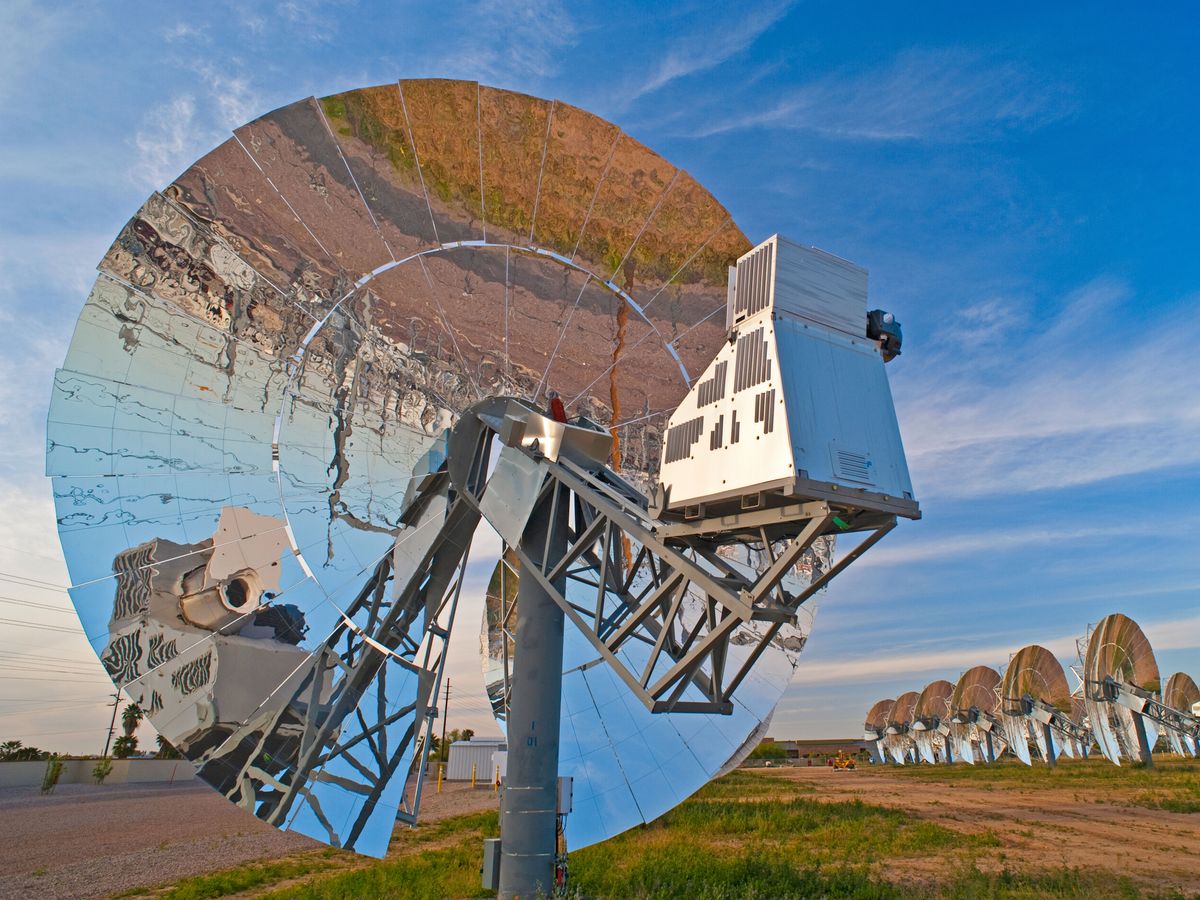Setting up wind and solar farms in places where the wind blows mightiest or the sun shines brightest isn’t the wisest move if you’re looking to reap the most social benefits, researchers at Carnegie Mellon University have found.
They estimate that the environmental, health, and climate benefits of wind turbines and solar panels vary dramatically by location, ranging from US $10 to $100 per megawatt-hour (in 2010 dollars) of renewable energy generated. The results appeared last week in the journal Proceedings of the National Academy of Sciences.
Using a calculation that takes into account the type of conventional energy generators that wind and solar displace, the team was able to assess the amount of damage from carbon dioxide and other air pollutants—sulfur dioxide, nitrogen oxides, and particulate matter—that renewables actually prevent.
Sites with the highest renewable energy output don’t necessarily give the greatest social benefit, says Kyle Siler-Evans, a recent engineering and public policy graduate who helped perform the analysis. So while Arizona gets much more sun, a solar panel in Ohio offers 15 times as many health and environmental benefits because it replaces particularly polluting coal power plants in a higher population-density area. In fact, sunny Arizona is probably the worst location for a solar panel if you want to improve air quality and human health, the team found.
By the same reasoning, wind turbines in California are less beneficial because they replace relatively clean natural-gas-fired plants. By contrast, a turbine in less-windy West Virginia prevents 33 times as much health and environmental damage as one in California by reducing air pollutants. However, 30 percent of existing U.S. wind capacity is installed in California and Texas, while less than 5 percent is in Indiana, Ohio, and West Virginia.
The researchers at CMU, in Pittsburgh, looked at the hourly electricity generated by a 3-megawatt wind turbine at 33 000 locations and by a 1-kilowatt solar panel at 900 locations around the country. Separately, they calculated the health, environmental, and climate damage from 1400 fossil fuel plants for each hour from 2009 through 2011. To do this, they combined hourly plant-emissions data with a dollar value assigned to the damage from a metric ton of each pollutant. (For the dollar values, they used numbers that others had already generated. A social cost of $18.14 per metric ton of CO2 came from an interagency working group report from the U.S. government, while the cost per metric ton from air pollutants came from a model developed by Yale University researchers.)
Finally, by combining the hourly renewable energy generation data with the emissions data, the researchers estimated the damage reduction achieved by replacing conventional generators with wind and solar.
Federal subsidies today provide incentives for builders to install wind and solar farms that produce the greatest amount of energy. Taking into account the location-specific benefits of wind and solar would be a wiser investment of government dollars, says Inês Azevedo, a professor of engineering and public policy at CMU. “Instead of valuing kilowatt-hours, [if] the policy mechanism…looked at metric tons of carbon dioxide avoided and health and environment damages avoided, we’d find that wind is oversubsidized in California and undersubsidized in Pennsylvania,” she says.
“This is a really nice way of rethinking our priorities in terms of where to deploy renewable technologies,” says Steven Davis, professor of earth system science at the University of California, Irvine. Davis adds that the analysis is robust, detailed, and geographically comprehensive, and he hopes that it catches the eye of policymakers.
About the Author
Prachi Patel is a contributing editor to IEEE Spectrum. In the July 2013 issue she wrote our annual “Where the Jobs Are” feature.
